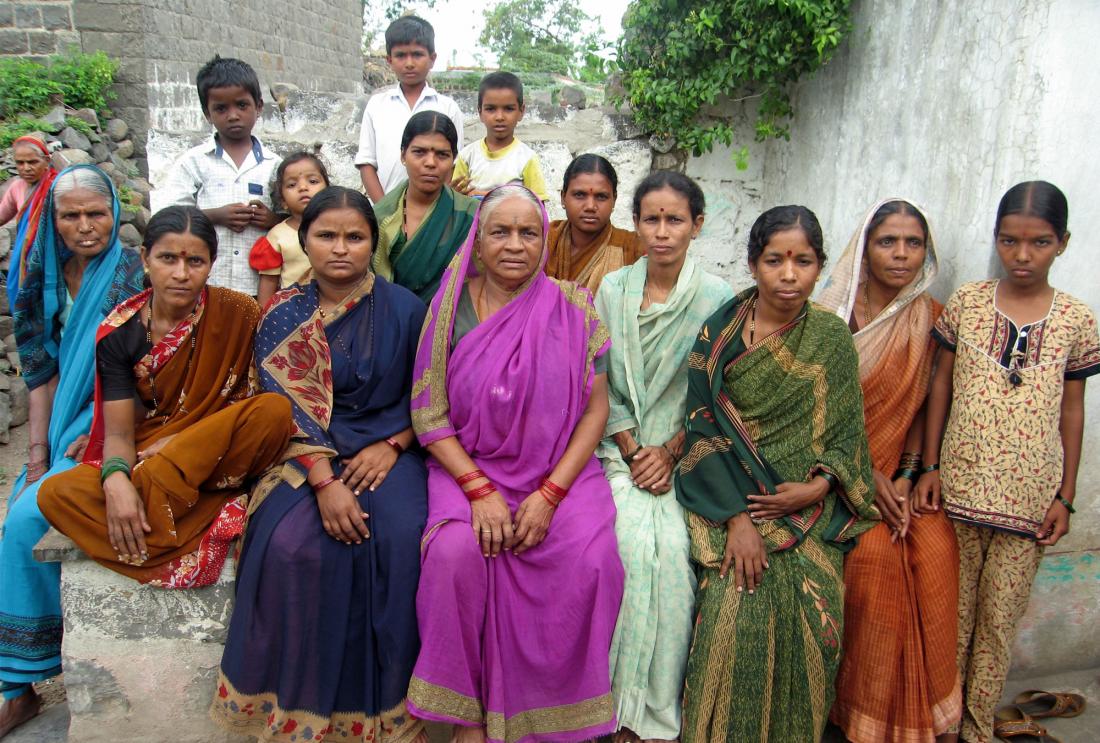Providing Health Insurance through Microfinance Networks in Rural Karnataka, India
- Rural population
- Take-up of program/social service/healthy behavior
- Credit
- Insurance
Formal health insurance can potentially help low-income households cope with large medical expenses. Researchers partnered with SKS Microfinance to measure the impact of bundling a health insurance product with microloan renewals on health insurance take-up, and health care use and spending. They found that the requirement to purchase health insurance substantially reduced microcredit clients’ loan renewal rates, meaning that people were willing to give up credit to avoid buying insurance.
الموضوع الأساسي
For struggling families living in poverty, economic shocks can be devastating. An unexpected home repair, income loss, or ailing family member can drain money needed for food and housing. Health shocks are among the largest and least predictable forms of uncertainty that a poor family can face. In developing countries, high levels of poverty and poor health conditions have the potential to make health shocks more frequent and dangerous. Formal health insurance has the potential to mitigate the financial impact of health shocks, but researchers have found that demand for insurance products has generally been low among poor households. Additionally, insurers have been hesitant to offer any but the most basic products, due to worries that only the riskiest and/or most unhealthy clients will take up insurance (referred to as "adverse selection") and clients taking on more risk because they have insurance (called "moral hazard"). Bundling insurance with other financial products like microcredit has been seen by some as a simple method to reduce adverse selection and moral hazard issues, lower administrative costs for financial institutions, and provide poor households with a package of useful financial products.
سياق التقييم
In 2006, SKS Microfinance was the largest microfinance institution in India. In rural Karnataka, where this evaluation took place, client households experienced an average of 2.5 serious health events in the year prior to the evaluation. They spent almost INR 4,700 (US$116 at the time) on health-related issues, with INR 603 (US$15) spent on hospitalizations. Only 14 percent reported having formal health insurance available in their village, and just 0.4 percent of households surveyed reported having formal health insurance themselves.

معلومات تفصيلية عن التدخل
Researchers partnered with SKS Microfinance to evaluate the effect of bundling a health insurance policy with microcredit loan renewals. From a list of 201 villages where SKS operated microfinance programs, researchers randomly selected 101 to serve as the treatment group and 100 to serve as the comparison group. In 2007, SKS began requiring loan clients in these villages to purchase health insurance at the time of renewing their loan. In comparison villages, SKS continued to operate its microfinance business without any changes.
For treatment villages, the typical health insurance product cost INR 525 (US$13) at the time, equivalent to 6.5 percent of an average loan amount (INR 8,000). Households paid in weekly installments alongside loan payments. The insurance package covered only hospitalization and maternity expenses, and clients could either visit pre-approved health facilities for free or pay out of pocket at other facilities and submit reimbursement claims.
Researchers conducted baseline surveys with a randomly selected sample of SKS client households between late 2006 and early 2007 and collected follow-up data with the same households two years later from 2009 to 2010.
النتائج والدروس المستفادة بشأن السياسات
Bundling insurance products with loan renewals caused clients to reduce renewal rates. A portion of clients gave up credit to avoid buying insurance. Microcredit clients who did renew were, on average, neither unhealthier nor more likely to incur health expenses.
Loan renewal take up: The requirement to purchase health insurance substantially lowered microcredit clients' loan renewal rates. Within a year of the program roll-out, loan renewal rates in treatment villages dropped to 55 percent, 16 percentage points lower than the 71 percent rate in comparison villages, suggesting that many were willing to give up microcredit to avoid buying insurance. Following widespread discontent with the health insurance requirement, SKS made the insurance add-on voluntary in late 2008 and removed the option altogether in early 2009. Even after this removal, clients in treatment villages were 16 percentage points less likely to have an outstanding loan than the average 54 percent in comparison villages. These households did not generally take out other loans, suggesting that this was a net loss in access to microfinance.
Client riskiness: SKS Microfinance' s fear that only riskier or unhealthier clients would take up health insurance packages proved unfounded, primarily because very few people wanted the product at all. Researchers did not observe greater insurance take-up for households in worse health at baseline. Even for pregnancy, a relatively more predictable healthcare expense, there was no evidence of any difference in insurance take-up.
Overall these findings suggest the need for more comprehensive and reliable insurance products. In early stages of introducing formal health insurance to the poor, researchers recommend that institutions concern themselves less with client riskiness and more with how best to market and manage insurance products for low-income consumers in order to increase demand.
